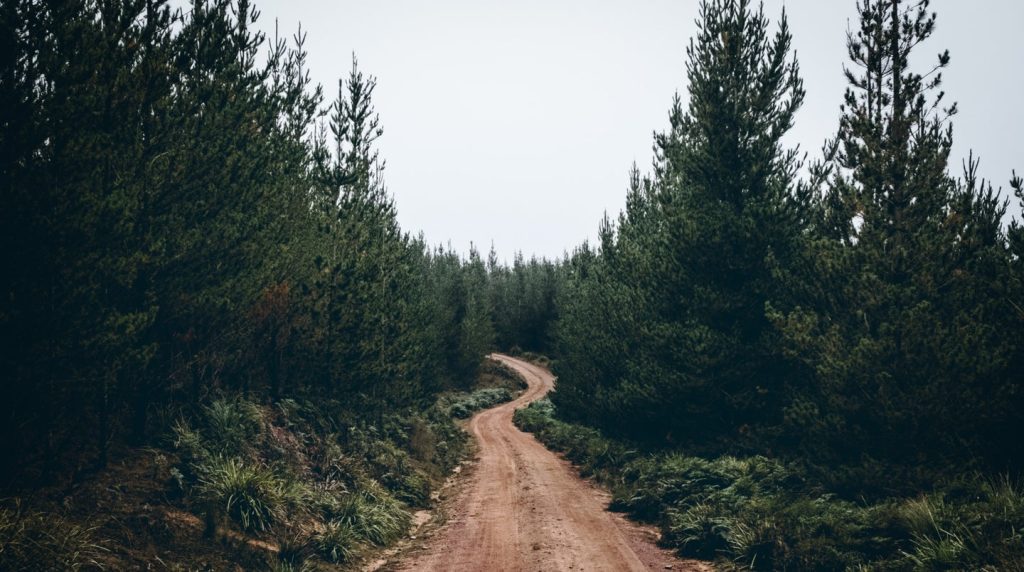Since 1990, the planet has lost about 420 million hectares of forest. That’s almost twice the size of Greenland.
Most of the time, trees are cleared for agricultural expansion, which means converting forests into croplands and areas for grazing. Deforestation is responsible for around 20 percent of global greenhouse gas (GHG) emissions every year, making it a huge contributor to climate change. This explains why reforestation, the intentional restoration of forest cover where it naturally occurs, is necessary.
“In addition to reducing emissions directly, restoring forests is one of the key tools at our disposal to help moderate excess greenhouse gasses in the atmosphere by drawing down carbon into biomass,” says Lindsay F. Banin, a statistical ecologist at the UK Centre for Ecology & Hydrology in England. Forests have a huge carbon storage potential because trees pull carbon from the atmosphere as they grow and store it in wood and plant matter.
Banin says that forest restoration supports biodiversity, not only for plants and trees but also for other living species by providing additional habitat for them. It can also regulate local and regional climate and hydrology, she adds, which means helping reduce the climate-associated impacts of altered water cycles in watersheds and protecting coastal communities from increased storms.
[Related: We can plant trees to save the planet. But it’s harder than it sounds.]
But reforestation efforts aren’t always successful. A 2017 study on mangrove planting initiatives in Sri Lanka found that nine out of 23 restoration project sites had no surviving planted tree at all. Since reforestation plays a huge role in mitigating climate change, looking into long-term survival and understanding how to ensure positive outcomes is crucial.
In a new study published in Philosophical Transactions of the Royal Society B: Biological Sciences, Banin and her co-authors assessed 176 restoration sites in tropical and sub-tropical Asia to analyze tree survival and growth.
“Forests in tropical and sub-tropical regions have the capacity to grow and sequester carbon quickly because of long or year-round growing seasons,” says Banin. “Once forests have matured, forests in the tropics store relatively high amounts of carbon in biomass.” Moreover, forests in tropical and sub-tropical Asia have suffered from degradation and conversion over the last century, so there is an opportunity for restoration (and research) in the region, she adds.
According to the study, the average mortality of planted saplings was about 18 percent within its first year, rising to 44 percent five years after planting. The survival rates typically varied among different restoration sites and tree species. “Our study showed that some of the variability we observed was explained by the habitat condition at the planting site,” says Banin. “On average, survival was about 20 percent higher when there were trees remaining at the site versus open degraded conditions.”
Restoration efforts can be less successful in areas with little to no tree cover because the physical, chemical, and biological properties of the soil may be more disturbed due to a history of activities like clearfell or selective logging, agriculture, fire, or mining. Additionally, there might be increased competition and suppression from grasses, weeds, and ferns.
Meanwhile, saplings’ proximity to mature trees may increase their chance of survival because their root systems benefit from mutualistic fungi that can enhance survival and growth.
[Related: 4 ways the Inflation Reduction Act invests in healthier forests and greener cities.]
The height of the tree when it is planted also plays a role in its early survival, especially at degraded sites. Data shows that larger seedlings tend to withstand environmental challenges better. The authors also found that active restoration—assisting the recovery of a degraded ecosystem, like holding tree planting activities—can help the site gain forest cover more quickly than natural regeneration.
While the study identified some factors that may lead to positive reforestation outcomes, it’s necessary to highlight that not every site will be the same. Variation in outcomes did not seem to be explained by large-scale environmental factors like rainfall, says Banin. Therefore, they might be due to environmental variables that the study was not able to capture, like droughts or soil conditions, the presence of weeds and competing plant species, and the details of restoration like species choices and maintenance practices, she adds.
Overall, the study provides a basis for further research about restoration practices, which may help support successful outcomes. “Restoration has the potential to be successful, but we must identify and address common barriers and challenges to success,” says Banin.
The post What successful forest restoration looks like appeared first on Popular Science.

